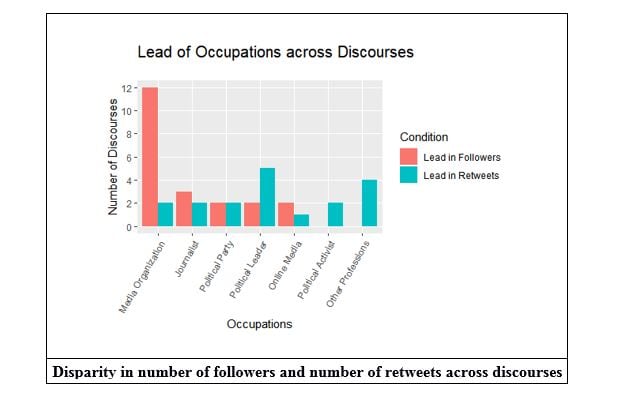
Trump-Twitter spat: Sovereignty or fundamental rights?
Trump wants to impose restrictions on Twitter content through regulatory arm-twisting. Twitter wants to control Trump's ability to communicate with his base by labelling his tweets. What works better for the public good?
 Image: Shutterstock
Image: ShutterstockAmid the riots and rhetoric in the aftermath of George Floyd killing, for a brief moment, the debate on regulation of social media was brought to the fore because of a public spat between the CEO of Twitter and the President of the USA. Though the issue was very quickly overshadowed by the riots, the spat did its job in nudging the regulation debate in an undesirable direction – framing social media regulation as an issue of sovereignty rather than an issue of fundamental rights. Ironically, at the core of the spat itself are the democratic principles of civil rights and freedom of expression.
The fundamental argument in the regulation debate is that social media could potentially undermine sovereignty and hence should be subject to more legal checks and balances. Quite glaringly, the regulation debates, which are led by legal and political experts, have ignored the democratizing potential of social media.
The basic premise and promise of social media is the transfer of power to control public discourse from the organized mass media to loose coalitions of ordinary citizens. Ignoring this and framing social media as a tool that domestic and foreign malefactors use to infringe upon the sovereignty of the State can lead to regulatory overreach. Such overreach could lead to failure of social media to fulfil the promise of democratization of public discourse. We draw attention to the need to take a holistic approach to social media regulation, recognising at all times the democratizing potential of social media.
The Trump-Twitter spat can be seen as a struggle for control over public discourse. President Trump’s Executive Order is widely seen as diluting the provisions of Section 230 of the Communication Decency Act, 1996 that protects digital intermediaries, such as Twitter, Facebook, etc., from liability for the content posted on their platforms. Even as the Executive Order is being passed, Twitter made a couple of unprecedented moves that showed that they are not taking the beating with their guard down. Two days before the Order was signed, Twitter flagged a tweet by President Trump on mail-in ballots, drawing attention to the facts of the matter. On the day the Executive Order was passed, Twitter labelled another tweet by President Trump as promoting violence. Because the actions of Twitter happened around the same time the President signed the order, it possible that these events may affect how the whole regulatory exercise is perceived. Specifically, there is threat of nudging the sovereignty frame, by positioning regulation as a State vs digital intermediary issue, putting citizens on the side-lines.
It is pertinent to ensure that the citizens’ interests are always kept at the centre of the debate on regulation of social media. Social media has enabled citizens gain some control over the public discourse. Prior to the advent of social media, the mass media organizations and the individual journalists had effective control over public discourse. Social media enabled ordinary citizens to gain some control through establishing wide social networks and contributing content to public discourse.
We have studied how social media is changing the structure of control over public discourse in India. We investigated into who has the power to control public discourse on Twitter and studied 12 different courses in India like discourses on Rafale deal, EWS reservation etc. There are two ways the power of a Twitter user is measured – number of followers and number of retweets to content. We identified those who are in top ten in terms of number of followers and in terms of number of retweets. These users are then classified based on occupational categories. The graph below shows that across occupation groups, there is disparity in terms of number of followers and number of retweets.
[This article has been published with permission from IIM Bangalore. www.iimb.ac.in Views expressed are personal.]








